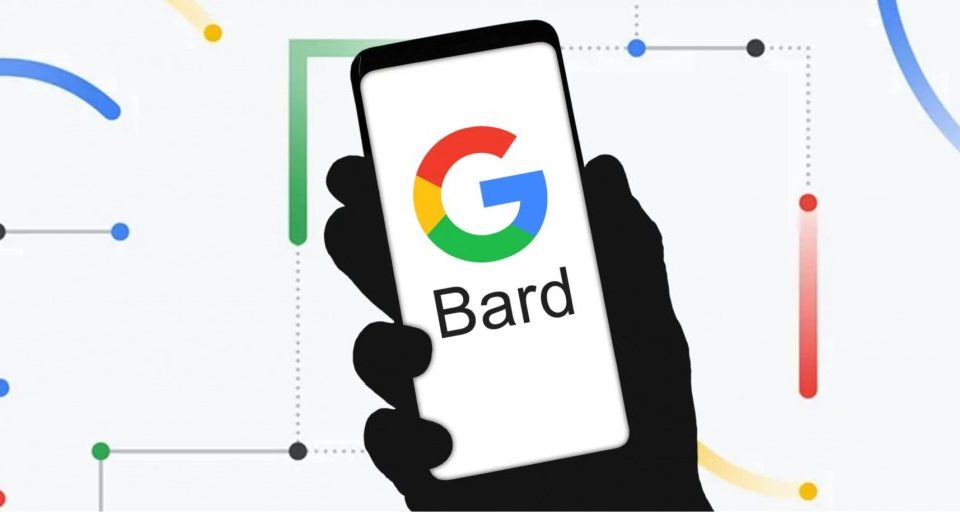Google rolls out new Bard features as its AI chatbot struggles to catch up with ChatGPT

” In August, Bard garnered 183 million visits, which accounted for just 13% of ChatGPT’s traffic.”
While Google reigns supreme in the realm of search engines, the crown for artificial intelligence (AI) chatbots undoubtedly belongs to OpenAI’s ChatGPT. This fact has been underscored by a recent report indicating that Google’s Bard, introduced in the wake of OpenAI’s success, is currently trailing behind ChatGPT as traffic to the Bard’s website steadily declines. Now Google is trying to close the gap on ChatGPT with the release of new Bard features.
Today, Alphabet, the parent company of Google, announced a major update to its generative AI, Bard. This enhancement allows Bard to fact-check its responses and analyze users’ personal Google data, a move aimed at closing the popularity gap with ChatGPT.
In February, Google’s initial attempt to challenge Microsoft’s ChatGPT-powered Bing search engine encountered a stumbling block when it provided inaccurate information in its advertisements. The much-anticipated Google AI chatbot, Bard, unfortunately, delivered an incorrect response in its ad campaign.
The tech industry witnessed a competitive surge following the release of OpenAI’s ChatGPT last year, backed by Microsoft. This ignited a race to provide consumers with access to generative AI technology. ChatGPT quickly emerged as the fastest-growing consumer application at that time and has since risen to become one of the top 30 websites globally.
However, Bard has not experienced the same level of success. In August, it garnered 183 million visits, which accounted for just 13% of ChatGPT’s traffic, Reuters reported, citing insights from Similarweb, a website analytics company.
In a bid to make strides in the rapidly evolving AI landscape, Google is also introducing Bard Extensions. This feature will allow users to integrate data from various other Google products. For instance, users can request Bard to search their files in Google Drive or provide a summary of their Gmail inbox. Initially, Bard will support data import exclusively from Google apps, but Google is actively collaborating with external companies to facilitate the integration of their applications with Bard in the future, Google’s senior product director Jack Krawczyk said.
Another notable addition to Bard addresses a recurring issue in generative AI, namely inaccurate responses often referred to as “hallucinations.” With this new feature, Bard users can compare Bard’s responses with Google search results, highlighting discrepancies and agreements between the two.
“We are presenting (Bard) in a way that it admits when it’s not confident,” Krawczyk said, adding that the approach is aimed at fostering user trust in generative AI by emphasizing Bard’s accountability.
Launched in February, Bard is an experimental generative artificial intelligence (AI) chatbot, powered by LaMDA (Language Model for Dialogue Applications). the chatbot AI was built using Google large language models and drawing on information from the web. But just a month after the failed launch, Google updated Bard from LaMDA to PaLM (Pathways Language Model) for improved math and logic capabilities, with “coding coming soon.”
Unlike LaMDA, PaLM is based on a next-gen AI architecture called Pathways that can “train a single model to do thousands or millions of things” as opposed to the current individualized approach. As a result, Google said the new Bard will “better understand and respond to your prompts for multistep word and math problems.”

